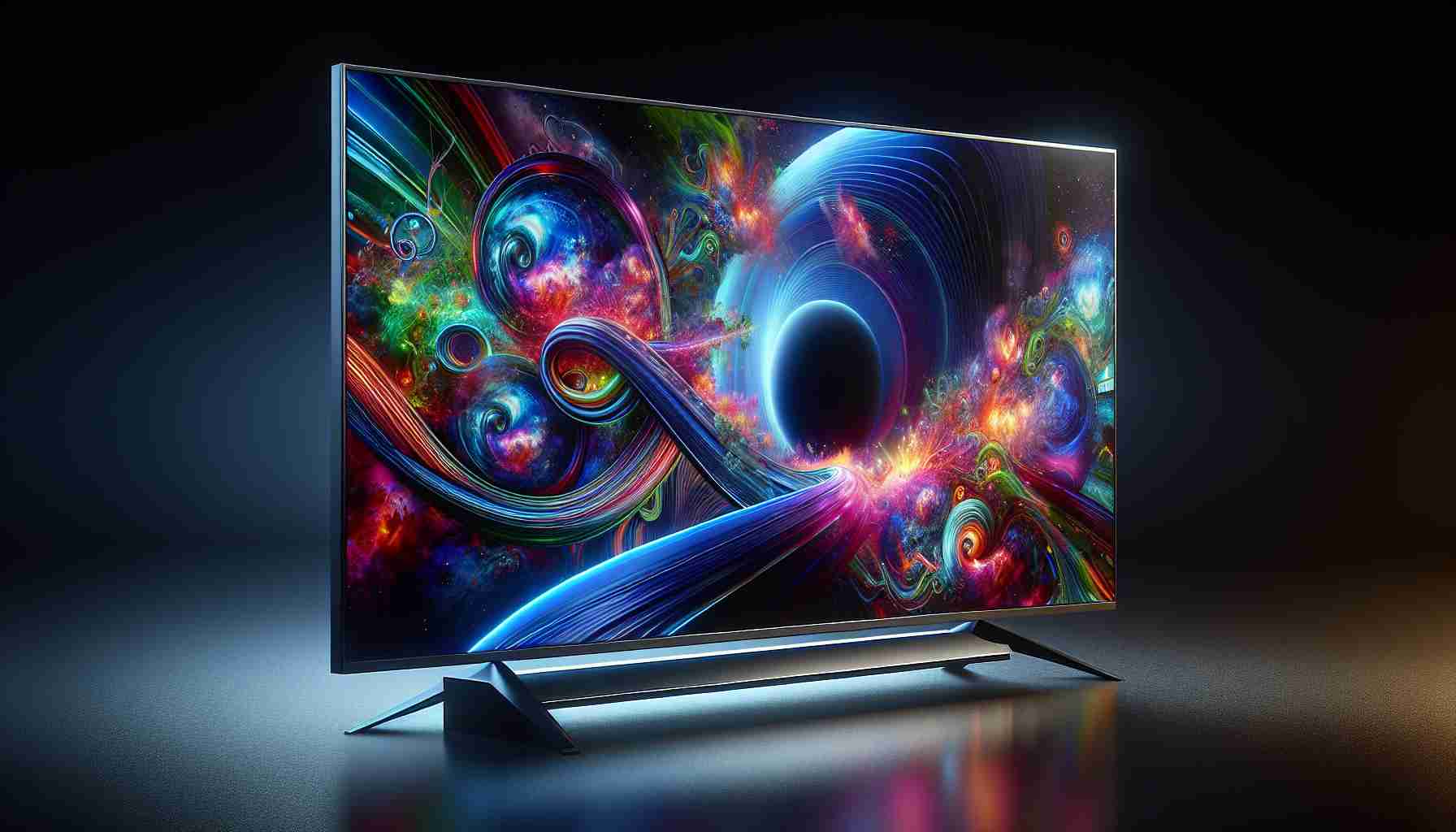Samsung’s flagship television model for the year, the QN900D, stands at the pinnacle of the brand’s innovation. This masterpiece showcases a blend of style and cutting-edge technology, featuring a remarkably thin design with a separate box for connectors, echoing the aesthetics of the equally sleek S95D.
Advanced AI-Enhanced Audio
Notably, the QN900D boasts an array of AI-powered features aiming to transcend conventional TV experiences. Among these is the “Active Voice Amplifier Pro,” a sophisticated feature designed to isolate and enhance dialogue in TV shows and movies. When tested against ambient noise, like a nearby lawnmower, the feature impressively distinguishes itself by boosting voice clarity through the TV’s internal speakers, although it oddly seems less effective with external soundbars.
Display Size and Resolution: LCD vs. OLED
When it comes to size, the QN900D undoubtedly takes the crown, maxing out at 85 inches compared to the OLED’s 77 inches—a factor that may be decisive for many. Moreover, Samsung has intricately woven an 8K resolution into the expansive canvas of its LCD TV, which—when paired with the right content and viewing proximity—reveals an enchanting visual spectacle reminiscent of the move from 1080p to 4K.
Upscaling Prowess
Despite the majority of broadcasts being in lower 1080p or 4K resolution, Samsung’s upscaling capabilities work wonders on the QN900D, elevating standard-definition content to stupefying clarity with AI-assisted enhancement. This process, which theoretically magnifies each pixel sixteenfold from 1080p to 8K, is so refined that it almost seems like a conjuring act from the depths of science fiction. The resulting viewing pleasure rivals that of native 4K displays, illustrating resolution as a relative draw when comparing Samsung’s OLED and LCD technologies.
LCD Brightness Advantage
Finally, the QN900D shines literally brighter than its OLED counterparts, offering luminescence estimated to outshine OLED by about 30 to 40 percent. The significance of this brightness may vary for different viewers, but it’s an important consideration alongside the advanced color and viewing angle performance of the QN900D that brings it in line with OLED displays. However, despite strides in technology, the LCD’s backlight bleeding is a notable reminder that the technology has not achieved the pure blacks obtainable with OLED screens.
The Samsung QN900D television is a testament to the rapid development and advancement of television technology, offering consumers a window into the future of home entertainment. Some additional relevant information and answers to important questions about this topic include:
Key Questions:
1. What is the distinction between 8K resolution and 4K or 1080p?
8K resolution boasts four times the number of pixels as 4K and sixteen times the number of pixels as 1080p, resulting in incredibly detailed and crisp images. This resolution is particularly noticeable on larger screens and is part of what makes the QN900D so impressive.
2. How does AI upscaling work?
AI upscaling uses artificial intelligence and machine learning algorithms to analyze lower-resolution content and interpolate additional details to present it at a higher resolution. This creates the appearance of sharper images by filling in the gaps that would otherwise make an image appear blurry or pixelated when stretched to fit a larger display.
Key Challenges and Controversies:
One of the main challenges associated with high-resolution TVs like the QN900D is the availability of native 8K content. While the television can upscale lower-resolution content, real 8K content is still scarce, which might make it less appealing to consumers. There is also debate about the visual difference between 8K and 4K resolutions and whether it’s perceptible to the average viewer, especially at typical living room viewing distances.
Advantages and Disadvantages:
Advantages:
– Incredible Detail: The 8K resolution provides a level of detail that is a significant step up from 4K, which can enhance the viewing experience for large-screen televisions.
– Brightness: The higher brightness levels of the LCD can make a significant difference in well-lit rooms and for HDR content.
Disadvantages:
– Limited 8K Content: There is not much native 8K content available, which means most of the time, the TV will be upscaling lower-resolution material.
– Backlight Bleeding: The QN900D might suffer from backlight bleeding, a common LCD issue, where light leaks from the edges of the screen and affects the uniformity of blacks.
For readers interested in exploring the broader context in which the QN900D exists, or what the future holds for television technology, they can visit Samsung’s official website at Samsung.
Please note that since the publication date, software updates, new models or advancements, and other changes might have occurred, so always verify the current specifications and reviews before making a purchase decision.
The source of the article is from the blog elektrischnederland.nl
